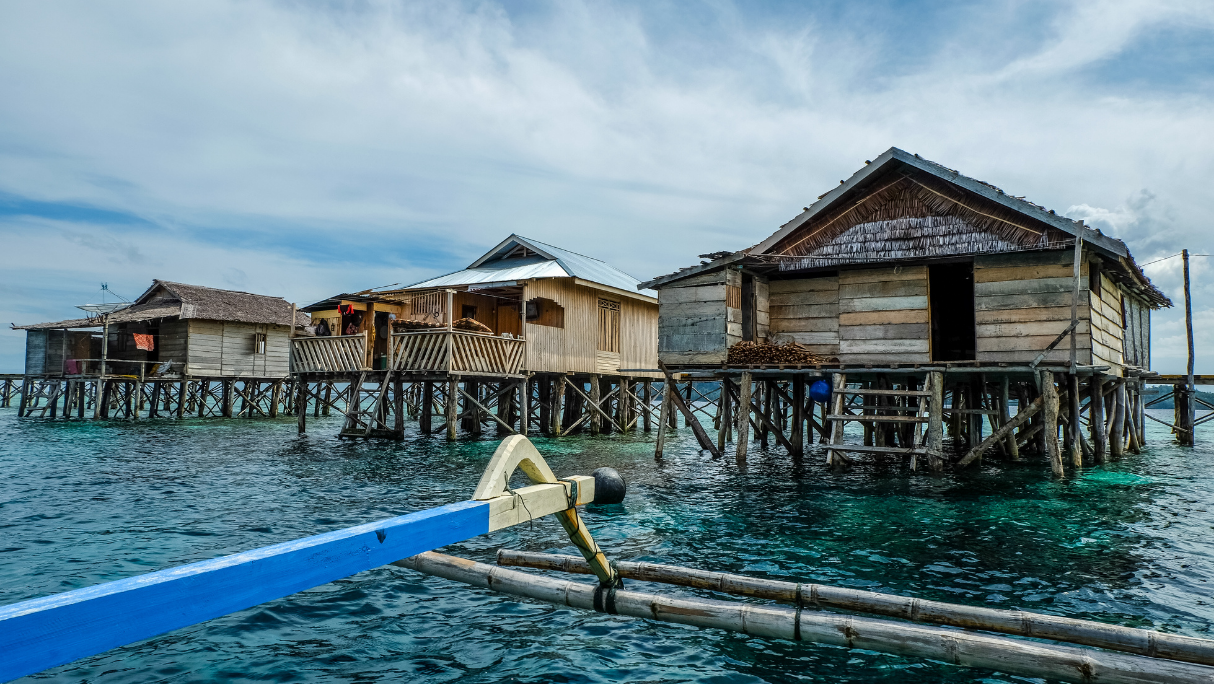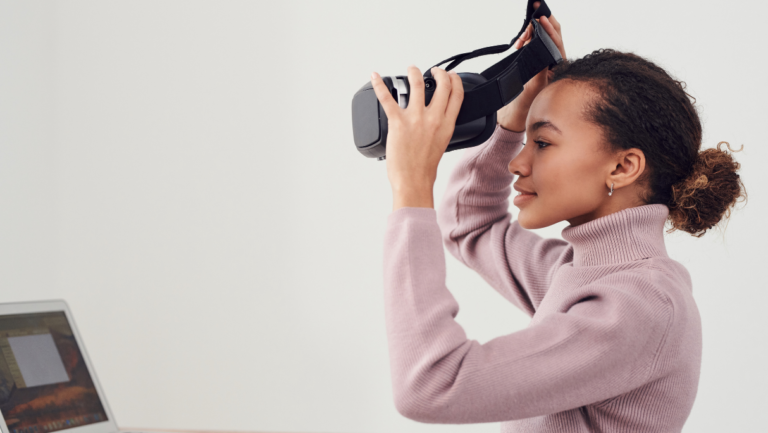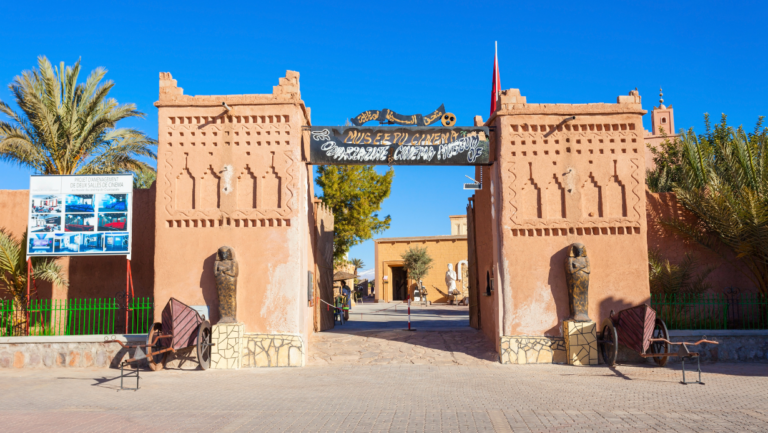The way we experience digital content is evolving. From virtual production in films to interactive museum exhibits and architectural walkthroughs, volumetric capture is changing the way we tell stories and interact with digital environments.
Voxelrama specializes in cutting-edge 3D visualization and immersive experience design, helping clients integrate volumetric capture into their projects for unparalleled realism and interactivity.
Here’s why volumetric capture is revolutionizing digital storytelling, architecture, and virtual production, and how it can elevate your next project.
1. What is Volumetric Capture and Why Does It Matter?
Volumetric capture is a technology that records real-world objects, people, and environments in full 3D. Unlike traditional video or photography, it allows users to interact with captured content from any angle, making it ideal for virtual reality (VR), augmented reality (AR), and interactive 3D spaces.
This technology is transforming architecture, filmmaking, education, and digital exhibitions by providing a fully immersive, 360-degree representation of reality. Instead of watching a video, users can step into an experience and explore it from any perspective.
Example: “Voxelrama worked with a cultural institution to create an interactive exhibit where visitors could explore a volumetric recreation of an ancient archaeological site, allowing them to walk through history as if they were there.”
2. Bringing Virtual Productions to Life
In film and television, volumetric capture is redefining digital storytelling by merging the real and virtual worlds. Directors and visual effects teams can capture real actors and objects in full 3D, integrating them into CGI environments seamlessly.
- Actors can be recorded volumetrically, allowing filmmakers to reposition them in post-production without re-shooting.
- Virtual set extensions can be built around real performances, blending practical effects with digital environments.
- 3D holograms of performers can be used in virtual concerts and interactive media.
Example: “A director working on a futuristic sci-fi series used volumetric capture to create realistic holograms of actors, allowing them to exist as digital characters in a fully CG world.”
3. Next-Level Architectural Walkthroughs and Real Estate Previews
In architecture and real estate, volumetric capture provides a more accurate, immersive way to showcase properties. Instead of static renderings or 360-degree photos, clients can step into a real-world 3D scan of a space, walk through it, and explore it from multiple angles.
- Developers can scan existing buildings and integrate them into digital presentations.
- Architects can blend volumetric capture with 3D models to show both the present and future state of a project.
- Buyers can explore a space remotely with the ability to interact with its features in full 3D.
Example: “A real estate company used volumetric capture to create a 3D tour of a luxury apartment complex, giving international buyers a way to explore units in stunning detail before making a purchase.”
4. Interactive Museum and Exhibition Experiences
Museums and cultural institutions are using volumetric capture to enhance visitor engagement by creating immersive, interactive exhibits. Instead of reading about historical figures, visitors can stand in the same room as a volumetric recreation of an ancient leader, scientist, or artist, making learning a truly interactive experience.
- Cultural artifacts can be preserved digitally, allowing users to rotate, zoom, and examine them from all angles.
- Historical re-creations can be brought to life, letting audiences engage with 3D holograms of people, buildings, and events.
- Augmented reality applications can overlay volumetric captures onto real-world museum spaces, providing guided experiences.
Example: “Voxelrama partnered with an international museum to create a volumetric experience of a historical battle, allowing visitors to walk through a realistic, interactive version of the event.”
5. The Future of Live Events and Remote Collaboration
As more businesses and creators explore virtual events and remote workspaces, volumetric capture is making real-time holographic interactions possible.
- Speakers and performers can appear in live VR events, interacting with audiences from anywhere in the world.
- Remote teams can collaborate in volumetric workspaces, making virtual meetings feel more like real-world gatherings.
- Brands can use volumetric capture for digital marketing, allowing customers to engage with 3D models of products in AR.
Example: “A global technology company used volumetric capture to allow their CEO to present at multiple conferences as a real-time 3D hologram, engaging audiences in multiple locations simultaneously.”
Conclusion
Volumetric capture is more than just a technological advancement—it’s a game-changer for storytelling, virtual production, architecture, and interactive experiences. Whether you’re creating a virtual museum exhibit, a groundbreaking real estate experience, or a next-generation film production, this technology offers unparalleled realism and engagement.
Voxelrama is at the forefront of integrating volumetric capture into digital experiences, helping businesses, creatives, and institutions bring their ideas to life in fully interactive 3D.
How do you think volumetric capture could change your industry? Would you use it in your next project?
Read answers to our Frequently Asked Questions (FAQ) from clients on this link.




